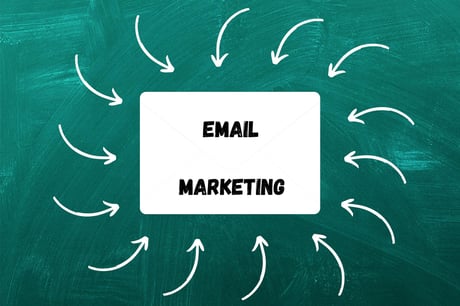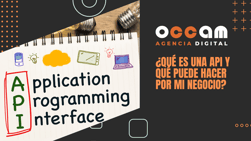Index Content
Opt In, which in Spanish means "to sign up" or "to be included", is defined as the voluntary and conscious authorisation that a user grants on a website to receive information in their e-mail or any subsequent contact for commercial purposes. Now we will tell you more.
what is opt-in for?
As a company, you cannot send unsolicited information to a base of contacts who have not given you their express authorisation, as that would turn you into SPAM (that is, it would take you straight to the spam folder) and also violates the personal data protection regulations in most countries. Also, email marketing campaigns are much more effective when they focus on a base of leads, that is, contacts who voluntarily gave you their email address because in one way or another they are interested in whatever you have to tell them. In addition, thanks to the opt-in you obtain:
- voluntary reading of our content.
- increase in the opening rate of emails.
- user willingness to share the content.
- long-term user loyalty.

what is soft opt-in?
Soft opt-in is the simplest way to convert a visitor into a lead. In this strategy, every time someone enters a form or a landing page, they will be automatically subscribed to your list and available for you to send them your emails. Soft opt-in is characterised by not having any type of protection mechanism at the moment of conversion. The conversion itself is already a sign that the lead gives their consent for you to send them emails.
The positive side of this strategy is that you have virtually no obstacles in lead generation. On the other hand, the negative side is that many of the leads generated have incorrect email addresses and often it is not clear to them that they are entering a form and will receive your emails, which generates low engagement. In addition, some regulations do not accept soft opt-in as a valid conversion strategy and, because of this, you may have compliance problems in some countries.
what is single opt-in?
Single opt-in, also known as simple confirmation, is very similar to soft opt-in. The only difference is that, in this conversion strategy, the visitor needs to tick a box on the form confirming that he/she accepts to receive emails from your company. It is important to clarify that, in case this box is already ticked, it will be considered as soft opt-in, and not a single opt-in.
In this strategy you reduce a little bit the quality problems caused by soft opt-in, but there will still be a lot of incorrect and/or non-existent emails converting users.
what is double opt-in?
Double opt-in or "double confirmation" goes one step further than opt-in marketing to ensure that a user really wants to receive our emails and that you have quality records in your database.
With double opt-in, the user leaves their details and checks the option to give consent for you to send them messages. They will then receive an email at the email address they have left, and will have to click on it to reconfirm that they want to be part of your database. With double opt-in, therefore, we will have to design four different pieces of content, one for each step of the process:
-The database registration form.
-The thank you page for the registration, in which the user is notified to check their inbox and click on the confirmation email.
-The confirmation email.
-And finally, the page the user is directed to after clicking on the confirmation email, informing them that they have successfully subscribed and thanking them.
Advantages of double opt-in
The double opt-in registration process may seem more cumbersome and even counterproductive, but it has many advantages:
- You can make sure that the email address entered really exists and that the recipient is convinced to sign up to your subscriber list. This will positively affect, among other things, the open rate.
- Deliverability will be assured, since by confirming their acceptance twice, the contact is indicating that they really want to receive the messages.
- You can use the confirmation email to start building a relationship with your new contacts and use this first contact to lay the foundations of your user experience.

As you have seen, the opt-in is a tactic that ensures that all your efforts are directed to the people who are really interested in listening to youand in becoming a potential customer, so you should use it as a strategy that will bring you great benefits. Go ahead!





